Pitching can often be the most challenging aspect of a golfer’s game, especially when you’re faced with awkward shots just off the green. Many golfers mistakenly default to their chipping technique or attempt a full swing, neither of which is effective for these delicate shots. In this guide, we’ll break down the three essential steps to executing a perfect pitch shot that lands softly and stops close to the flag.
Understanding the Bounce of Your Club
Before diving into the steps, it’s crucial to understand the concept of bounce on your golf club. For instance, a 56-degree wedge typically has about 10 degrees of bounce. When you hold the club vertically, the bounce refers to the angle between the leading edge and the part of the club that is below it. This bounce is key to achieving a successful pitch shot.
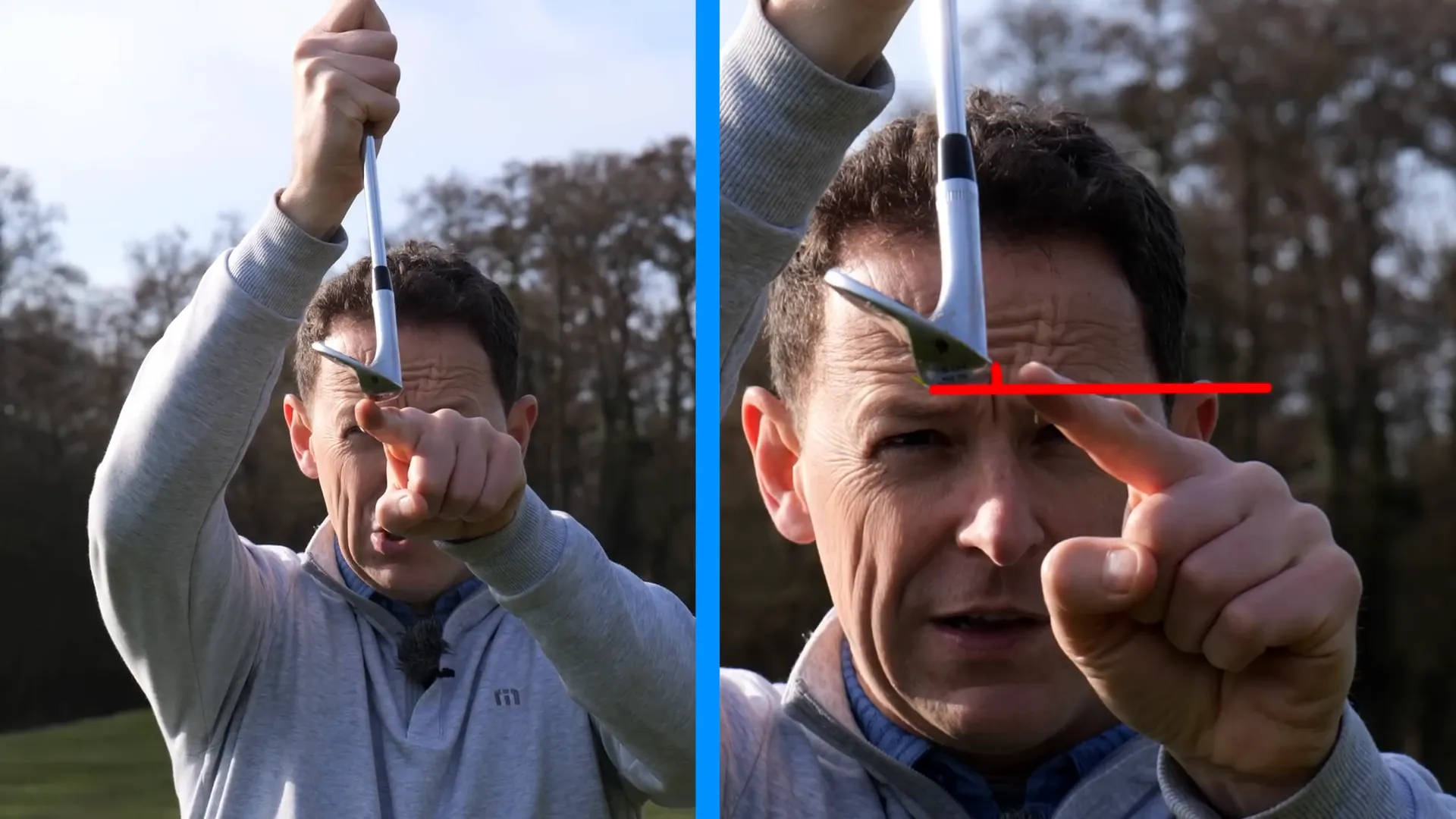
In a power shot, the club strikes the ball with the leading edge, sending it off like a rocket. However, for pitching, we want a softer, floating shot. This requires utilizing the bounce effectively. Instead of the leading edge hitting the ground, we want the base of the club to glide through the turf, allowing the club to slide underneath the ball.
Step 1: Adjust Your Setup
Setting up correctly is essential for a successful pitch shot. Unlike a full swing, where you have a wide stance and stand further from the ball, the setup for a pitch shot is quite different.
- Stance Width: For a pitch shot, position your feet about two club widths apart. This narrower stance provides better control.
- Ball Position: Move the ball position forward, aligning it with your left heel. This ensures that the club bottoms out just behind the ball, which is crucial for a clean strike.
- Shaft Position: Keep the shaft neutral. If you lean the shaft forward too much, you risk taking the bounce off the club, causing the leading edge to dig into the ground.
- Triceps Position: Keep your triceps close to your body. This will prevent you from generating too much power and help maintain control throughout the swing.
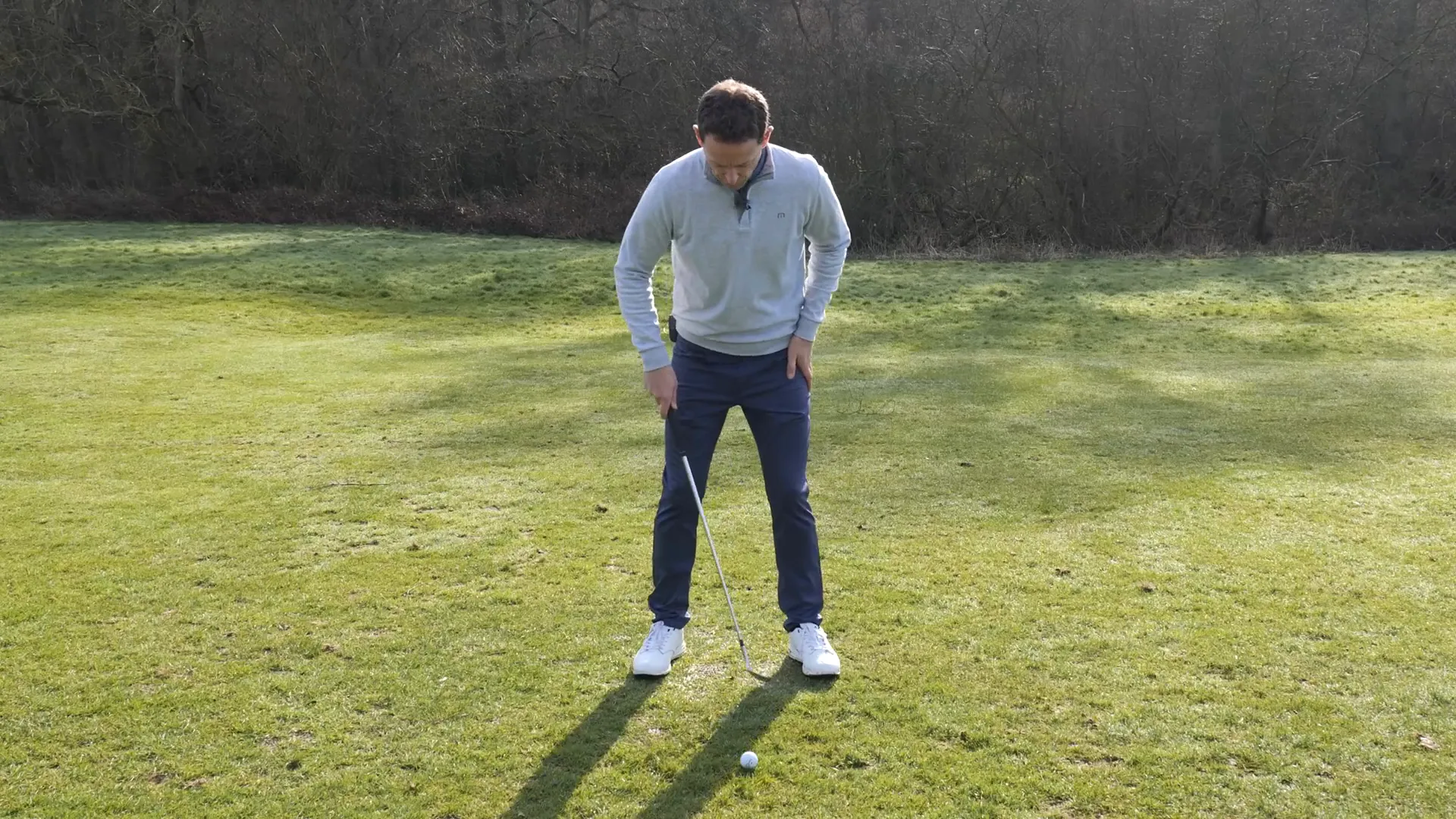
By making these adjustments, you set yourself up for a successful pitch shot that utilizes the bounce of the club effectively.
Step 2: The Pitching Action
The pitching action differs significantly from a full swing. In a full swing, you would typically have a more aggressive motion with your hips unwinding and creating a snap through the shot. However, for pitching, we need a softer, more controlled motion.
Imagine the rhythm of a grandfather clock, going “tick-tock.” This rhythmic motion is what you want to replicate in your pitching action. Here’s how to execute it:
- Keep your weight slightly favoring your lead side, about 55% of your weight on your front foot.
- Make small swings, allowing the base of the club to brush the ground gently. Avoid driving the handle forward, as this will cause the leading edge to dig in.
- Maintain that “tick-tock” rhythm throughout the swing. This will help you strike the ball cleanly.
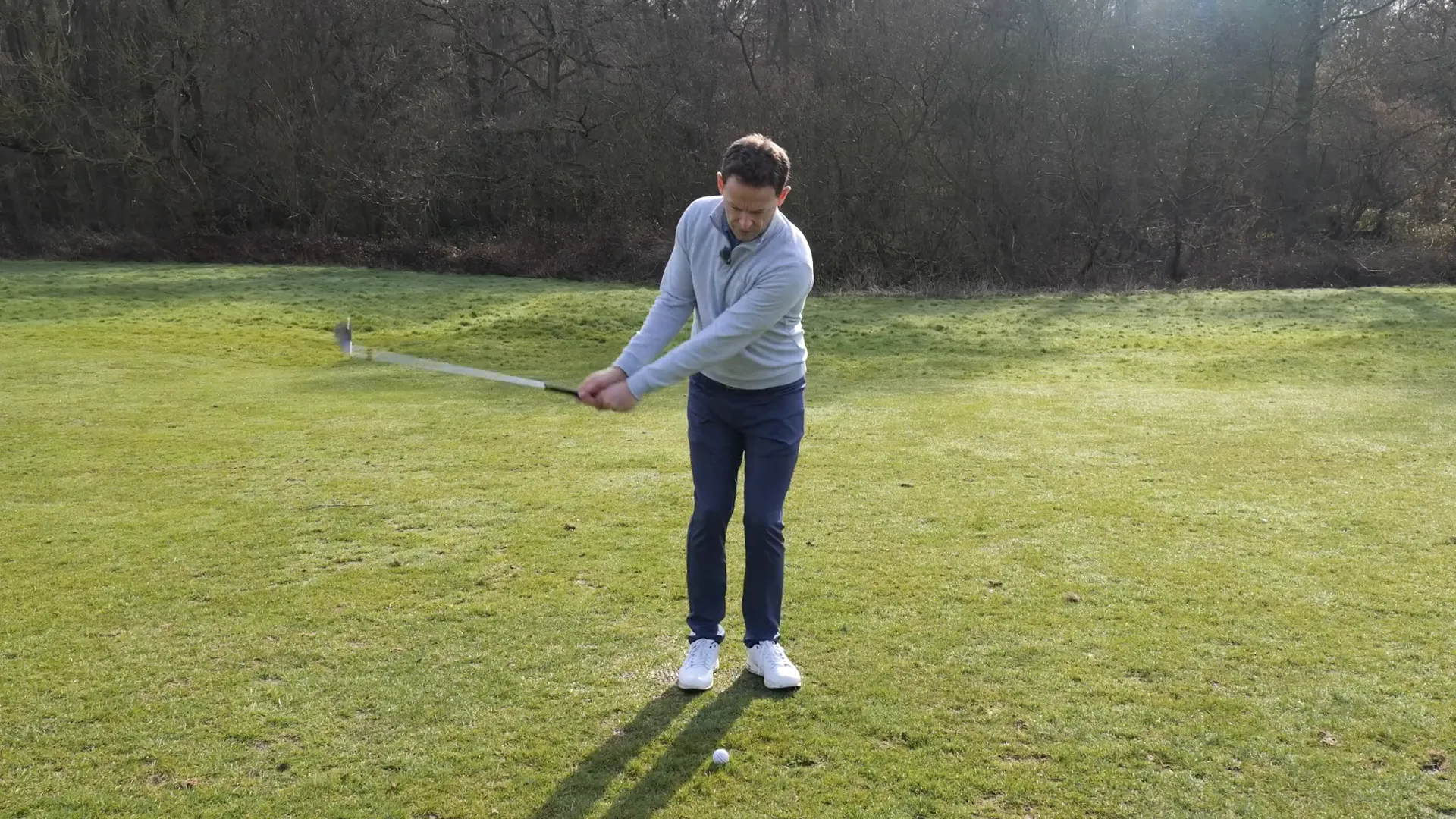
By focusing on rhythm rather than power, you can achieve the soft, floating pitch shot you desire.
Step 3: Check Your Finish Position
Your finish position is a clear indicator of whether you executed the pitch shot correctly. Here’s what to look for:
- The butt of the club should point toward your belly button at the finish. If it points down, you may have been too wristy, leading to a thin shot.
- If the handle points too far forward, you likely drove the shot too aggressively, causing the ball to fly off too hot with no spin.
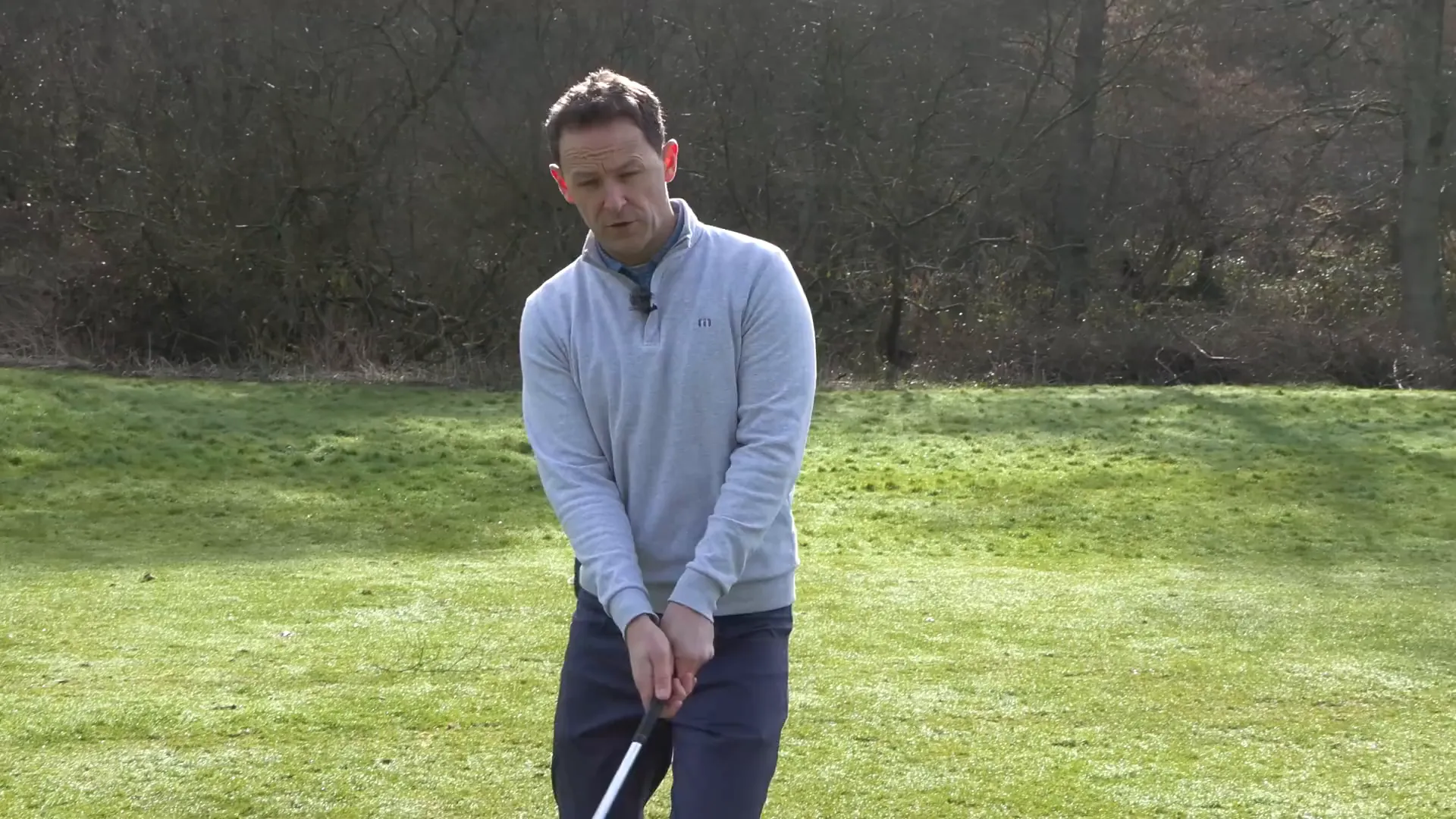
Ensure that your hips and torso are aligned and that your arms are in front of your body, working harmoniously through the shot. This alignment will help you maintain control and achieve the desired outcome.
Bonus Tip: Practice with a Tee
To further improve your pitching technique, try practicing with a tee. Set a tee in the ground and aim to strike the ball without removing the tee. This will encourage the correct action of picking the ball off the tee instead of driving the handle forward.
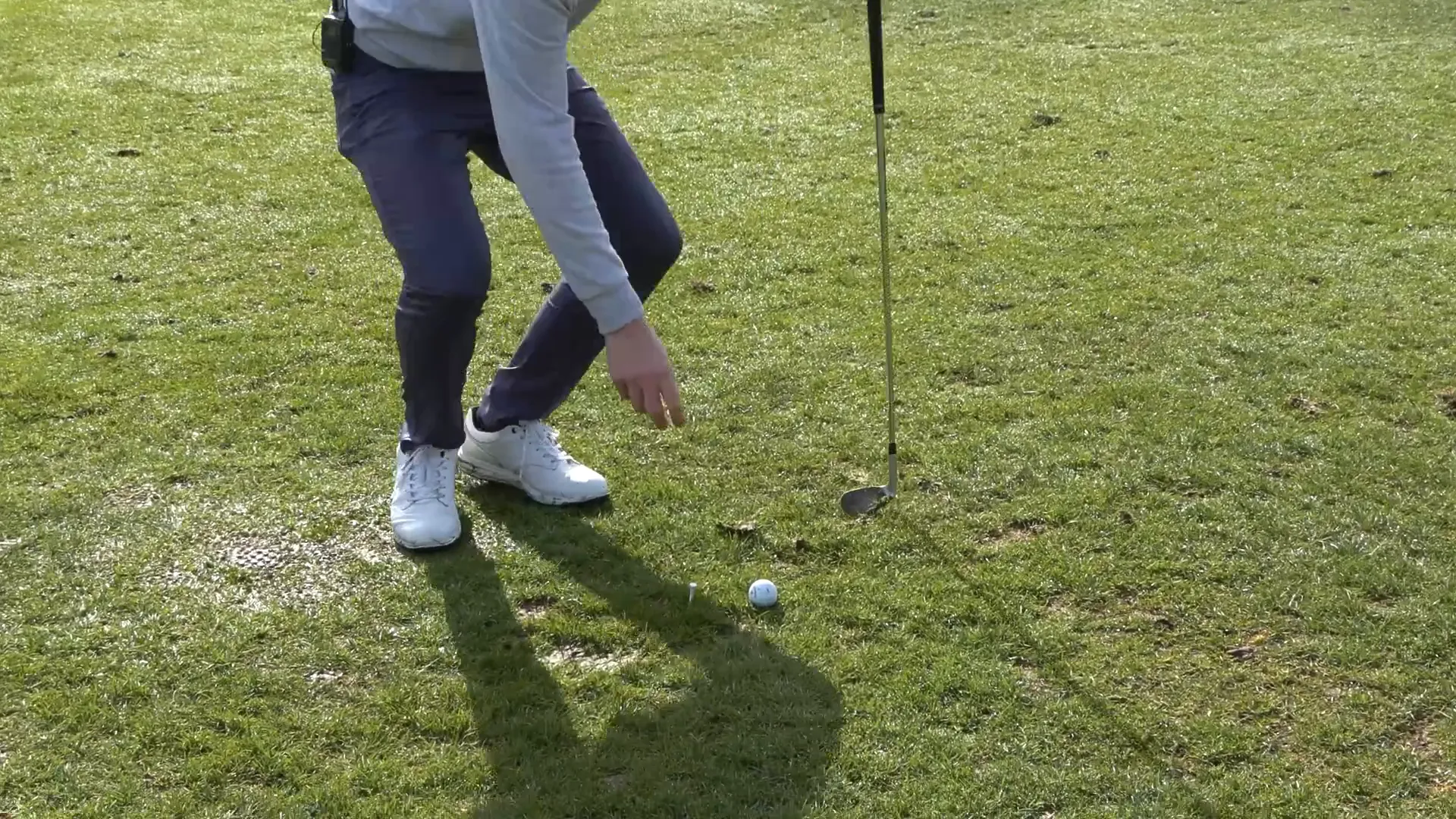
This practice drill reinforces the “tick-tock” rhythm while ensuring that you maintain the proper bounce and avoid digging the leading edge into the ground.
Conclusion
Mastering the pitch shot involves understanding the bounce of your club, adjusting your setup, executing a controlled action, and checking your finish position. By following these steps and practicing regularly, you’ll develop the skill to hit beautifully soft pitch shots that land close to the flag, giving you great chances for birdies and pars. Remember, patience and practice are key to improving your game!
If you found this guide helpful, please give it a thumbs up and consider subscribing for more tips and techniques to enhance your golfing skills!

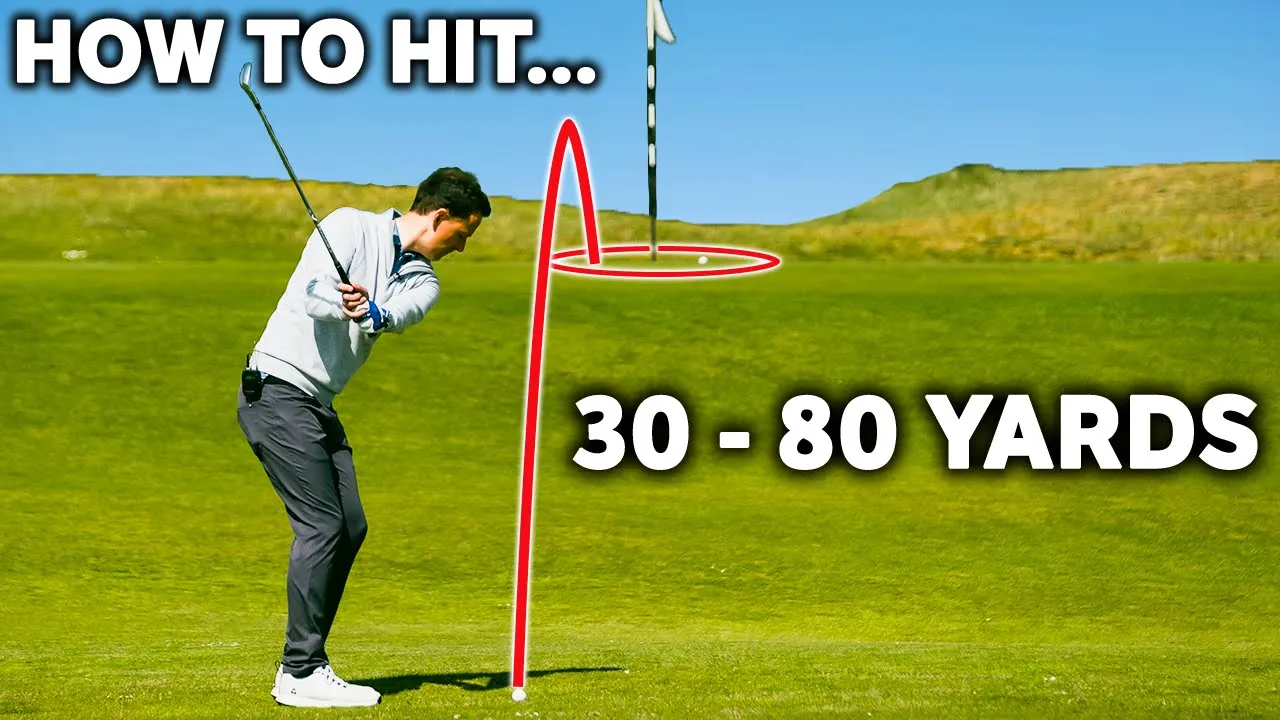
0 Comments